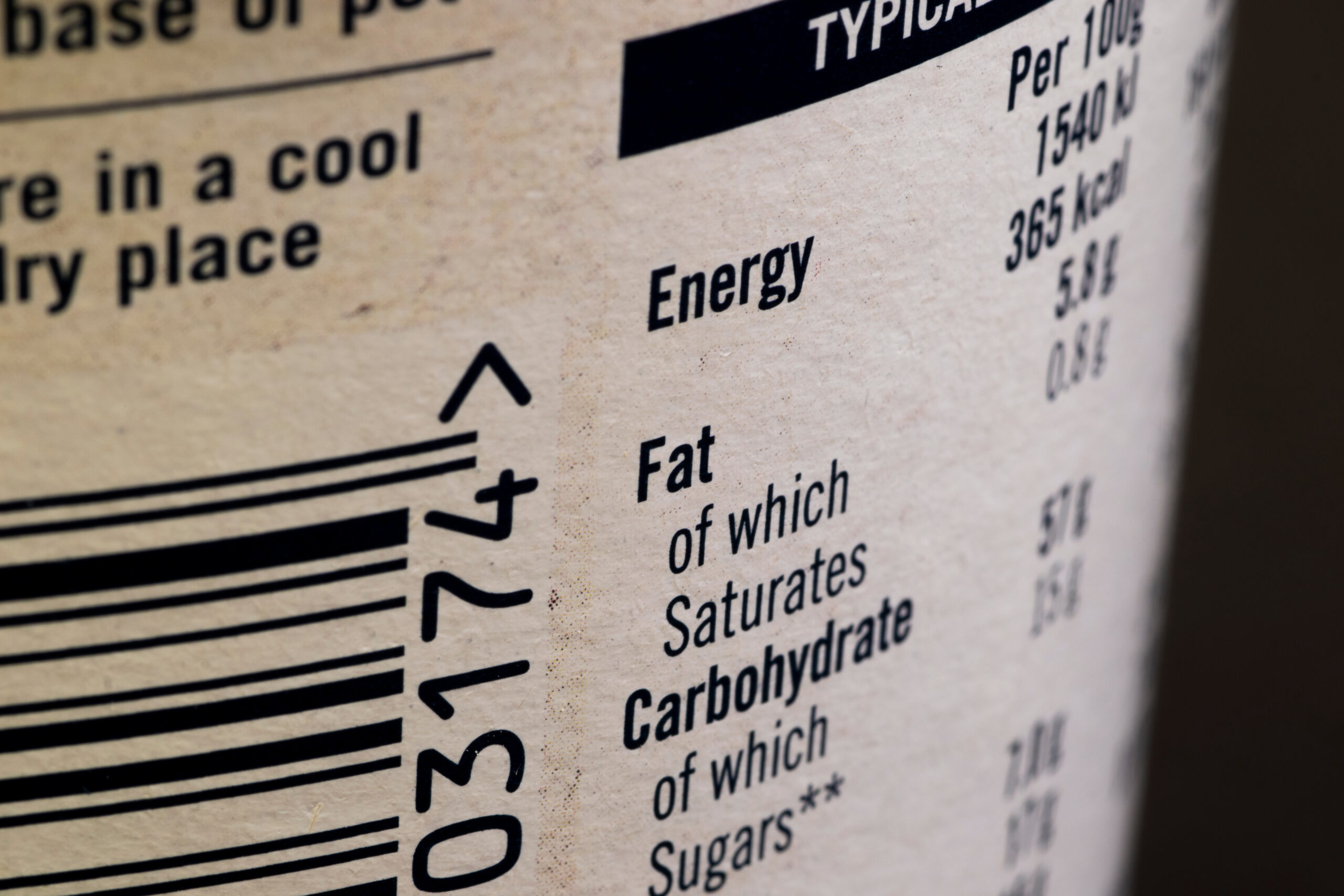This summer, the Government keeps telling young people to ‘Grab a Jab’, with no-appointment jabs making the process extremely accessible. However, the issue the Government faces is getting young people to the walk-in vaccination centres in the first place.
Despite vaccines being available to all over 18s since June, the relatively low uptake from Britain’s under 30s is alarming. There are still millions of unvaccinated young people, with 30% of 18-29 year olds having not received their first dose. This lower uptake reflects vaccine hesitancy, which, despite steadily decreasing, remains higher for those aged 18-25 than for the population as a whole.
Looking at health statistics, it’s difficult to understand why anyone would not get vaccinated. Public Health England data suggests that both the Pfizer and AstraZeneca vaccines have 90% efficacy against hospitalisation. Moreover, further PHE data estimates that vaccines have saved 84,000 lives and prevented 23.4m infections. Indeed, getting vaccinated protects yourself and others.
So, what’s causing some young people to hesitate? Research suggests a number of key factors at play.
Firstly, ‘complacency’ – when a person doesn’t get vaccinated because they don’t think the disease will affect their health. Some young people are questioning ‘why do I need the jab when I’m fit and healthy?’. While it is indisputable that Covid is less risky for young people, recent figures demonstrate that young people can still suffer seriously as a result of infection. There is an optimism bias, a “youthful sense of invincibility”, that acts as a barrier to vaccination.
Secondly, ‘confidence’ – when one lacks trust in a vaccine’s safety or in the institutions delivering it. Key concerns that dissuade young people from getting jabbed surround the vaccines’ side-effects and whether the vaccines have been tested comprehensively enough.
Finally, ‘calculation’ – when an individual researches to weigh up the pros and cons of vaccination. This links closely with the previous factors as some cons are likely informed by ‘complacency’ and a lack of ‘confidence’.
Overcoming these causes of vaccine hesitancy is crucial in raising the vaccination rate among younger people. To address them, the Government’s main approach is to add incentives to encourage young people to get jabbed, thus introducing extra benefits that could outweigh the costs of vaccination in an individual’s ‘calculation’.
A recent policy with this goal is the Government’s partnerships with businesses most used by young people (for example, Bolt and Deliveroo) who offer special discounts to those vaccinated.
However, one concern is that, by reducing the price of takeaways to encourage vaccination, the Government contradicts its own public health strategy. This concern is akin to the contradictions caused by the ‘Eat Out to Help Out’ scheme in 2020. Research suggests a link between the use of fast food apps, like Deliveroo, and obesity. Thus, partnerships with companies like this seem at odds with the Government’s own well-publicised obesity strategy, which it identifies as key to reducing Covid-19 related death rates. This seemingly mixed policy agenda could cause some young people to lose faith in the soundness of the Government’s messaging.
The Government ought only to engage in partnerships that avoid this contradiction in order to maximise the coherence and, thus, success of its incentive-based approach.
Moreover, the Government should make additions to its vaccination communication and advertising campaign that targets young people. Currently, the adverts read, ‘Don’t Miss Out’, which reinforces the Government’s incentive-based strategy and, thus, contributes to overcoming the ‘calculation’ cause of vaccine hesitancy.
However, policymakers should expand the content of communications in order to directly address the other causes of vaccine hesitancy. In other words, as well as introducing extra pros to vaccination, the Government should challenge the cons.
Firstly, to reduce ‘complacency’, the Government could use informational adverts that emphasise the increasing numbers of young people suffering due to Covid-19. Nudging young people to reconsider their perceived invincibility could increase vaccination uptake.
Secondly, educational adverts could be used to increase ‘confidence’ in the vaccine. The OECD argues that trust in vaccines’ safety is key to reducing vaccine hesitancy. For example, the Government ought to produce communications that remind us that you are more likely to get hit by lightning than you are to die of blood clots as a side-effect of a Covid-19 jab. Additionally, another approach would be communications that reassure young people that vaccines have been developed comprehensively.
This broadened range of content should then be delivered in more diverse ways. While the Government should be commended for targeting social media, some young people don’t trust what the DHSC tweets. Why not spread positive vaccination messaging and information via people that more young people do trust, such as Instagram influencers?
Overall, the Government can and should make improvements to its approach to combat vaccine hesitancy among young people. It’s all about trust: in the vaccines’ safety and in those encouraging vaccination. Vaccination rates among young people are increasing and small tweaks to Government strategy would consolidate and enhance this life-saving progress.
Harry is currently undertaking work experience at Bright Blue. Views expressed in this article are those of the author, not necessarily those of Bright Blue. [Image: John Cameron]





